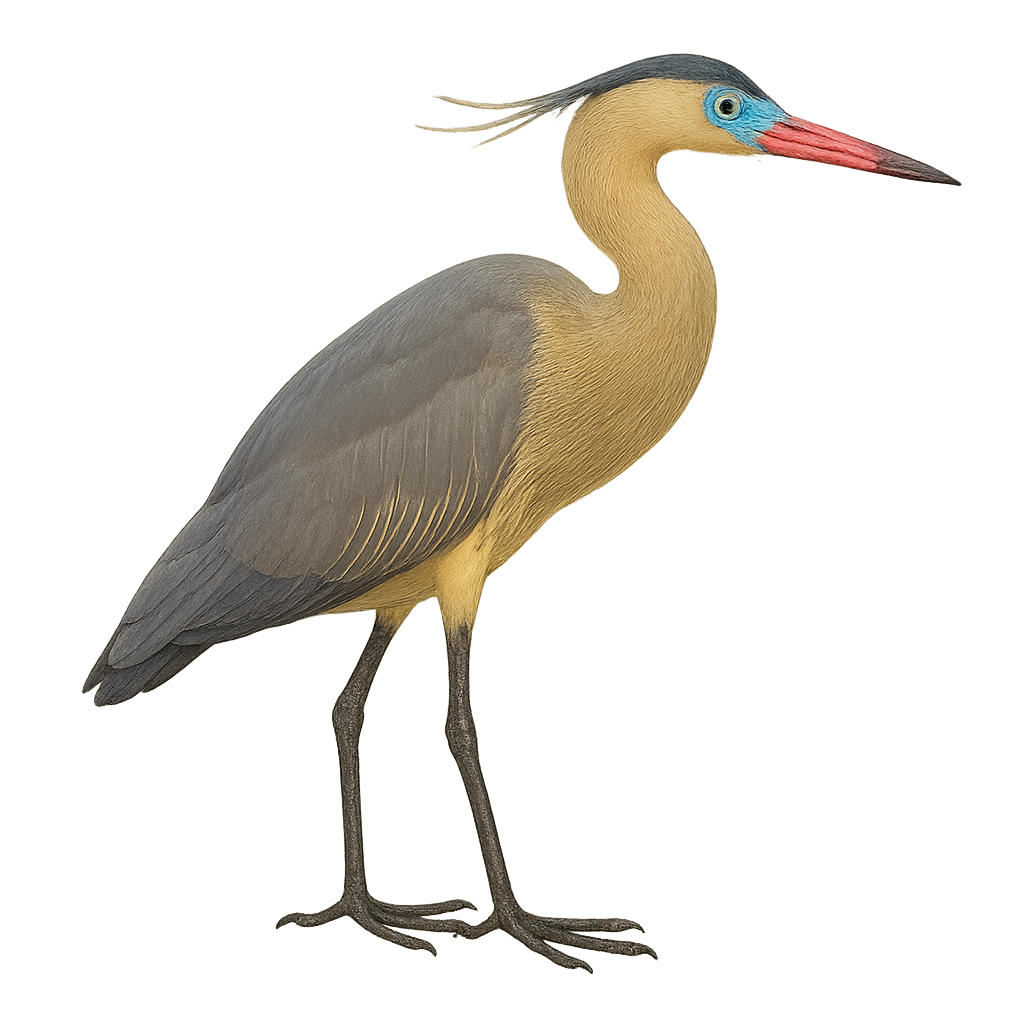Your wildlife photography guide.
Explore the whistling heron in detail, study its behavior, prepare your shots.
Where to observe and photograph the whistling heron in the wild
Learn where and when to spot the whistling heron in the wild, how to identify the species based on distinctive features, and what natural environments it inhabits. The WildlifePhotographer app offers tailored photography tips that reflect the whistling heron’s behavior, helping you capture better wildlife images. Explore the full species profile for key information including description, habitat, active periods, and approach techniques.
Whistling Heron
Scientific name: Syrigma sibilatrix

IUCN Status: Least Concern
Family: ARDEIDAE
Group: Birds
Sensitivity to human approach: Suspicious
Minimum approach distance: 10 m
Courtship display: August to November
Incubation: 25-27 jours
Hatchings: September to December
Habitat:
Wetlands, marshes, flooded grasslands
Activity period :
Primarily active during the day, with peak activity in the morning and late afternoon.
Identification and description:
The Whistling Heron, Syrigma sibilatrix, is an elegant and distinctive bird, recognizable by its pastel-colored plumage and long, graceful neck. It features a blue-gray head with a black crown, while its body displays shades of beige and pink. This heron is often found in wetlands, marshes, and flooded grasslands of South America, where it primarily feeds on small fish, insects, and crustaceans. Its name comes from its characteristic call, a melodious whistle that echoes through its natural habitat. Although generally solitary, it can be seen in small groups during the breeding season.
Recommended lens:
400 mm – adjust based on distance, desired framing (portrait or habitat), and approach conditions.
Photography tips:
To photograph the Whistling Heron, it is advisable to use a 400mm lens or longer to capture detailed images without disturbing the bird. Look for wetlands or marshes where it is likely to feed. Be patient and discreet, as this bird can be suspicious. Use a tripod to stabilize your camera and wait for the right moment to capture its natural behavior, such as its characteristic whistle or graceful flight.
The WildlifePhotographer App is coming soon!
Be the first to explore the best nature spots, track rutting seasons, log your observations, and observe more wildlife.
Already 1 432 wildlife lovers subscribed worldwide

